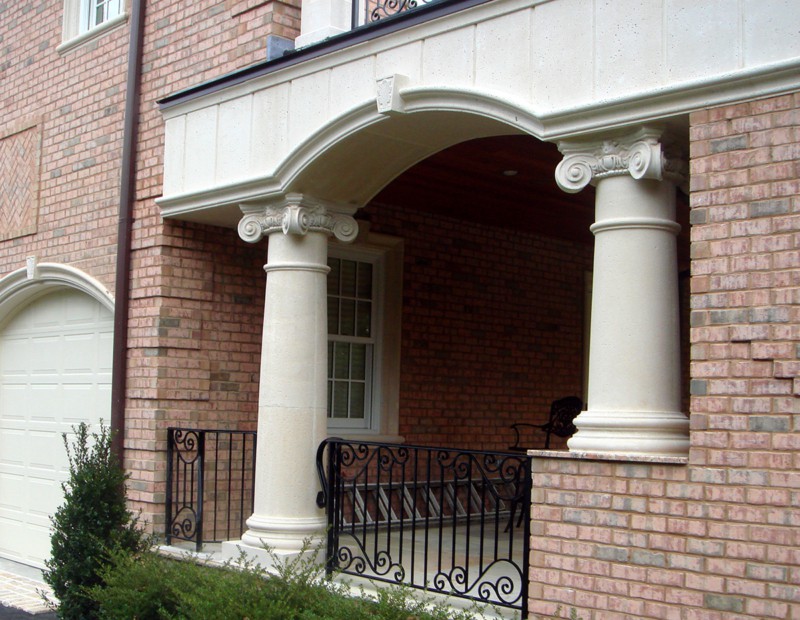One of the greatest advancements in concrete technology is the development of air entrainment concrete. This involves the incorporation of small air bubbles into the concrete mix at the point of mixing the concrete. This is achieved by the addition of a cement additive to the concrete mix while mixing the components of concrete together. Thus, the air-entrained concrete contains tiny air bubbles uniformly distributed throughout the cement paste.
This process is highly recommended for almost all types of concrete and it serves primarily to improve freeze-thaw resistance of concrete when it is exposed to water and ice. The use of air entrainment technology also allows the concrete to be more workable while it is still in the form of paste.
However, the addition of air bubbles into concrete has several other benefits for both fresh and solidified concrete. In this article, we will outline just a few of such benefits.
Benefits of Air-Entrained Concrete
The main reason for using air-entrained concrete is for the increased resistance of concrete against the alternating freezing and thawing cycles of water, which can occur during those periods when the surrounding temperature drops below 0 ° C. During such events, the entrained air bubbles in the concrete act as expansion chambers against the increase in volume experienced by the transformation of water into ice.
This reduces the hydraulic pressure and thus, the internal tensions that subsequently arise. Thus, it prevents the progressive deterioration that occurs in concrete that contain no entrained air.
Air entrainment is responsible for conferring extra plasticity to concrete mixtures. Obviously, the higher the air content, the greater the degree of plasticity. The air bubbles formed in the fresh concrete act as a fluid, increasing its workability and allowing them to slide better with less friction.
It also has a marked positive effect on the overall workability of fresh concrete and thus, it reduces incidents of segregation and “bleeding” in concrete which facilitates its use for construction purposes.
The air en-training significantly improves the durability of concrete. This is especially true in the case of concrete that is frequently exposed to regular freeze-thaw cycles. The incorporated air helps preserve the hardened structure of the hard concrete over time, thus, making it more durable.
Air entrainment reduces the occurrence of surface scaling within the concrete which arises due to the use of de-icing products like antifreeze.
Concrete that has undergone air entrainment is largely resistant to frost. Their frost-resistant characteristic makes them suitable for use in cold climates and for constructions projects where the concrete needs to be submerged in water.
OTHER KNOWN BENEFICIAL QUALITIES OF HAVING AIR-ENTRAINED CONCRETE ARE;
- Increases the porosity of the concrete while at the same time, reducing its permeability to water and liquids in general.
- Increasing the consistency of the concrete, in a manner similar to that obtained by adding fine-grained form.
- Increases the level of fluidity of the concrete.
- Decreases the extent of bleeding of the concrete mixing water.
- Increases the concrete’s resistance to cycles of wetting and drying which make it susceptible to cracking and fissures
- Reducing the potential for shrinkage and crack formation on the concrete surface
- Air entrainment reduces the overall density of the concrete mixture and also increases the yield derived from the mix
- There is an improvement in the concrete’s level of deicer-scaling resistance
- There is an improvement in their general resistance to sulphate attacks
From the above, it can be seen that there incorporating micro bubbles into concrete mix through the use of air-entrainment admixtures is a highly beneficial process. The resultant concrete, whether fresh or hardened, would be much more durable than other mixtures lacking these additives.




